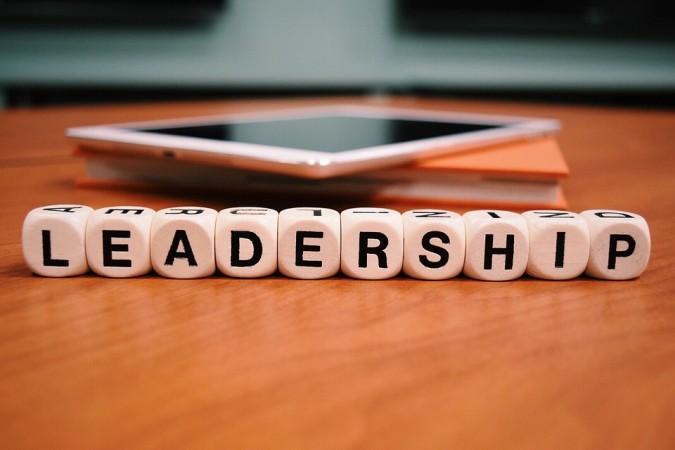A taxi company that grew to be iconic changed the way people saw commuting. It also became a real threat to the auto industry as potential car buyers thought it was better to simply 'cab'it! It had a futuristic strategy as it ambitiously expanded across countries, aggressively started piloting self-driving cars and innovated with different pricing models – there was no stopping this paradigm-shifting company as it disrupted the conventional.
And then, it all changed as the company went through a high degree of churn and acute leadership crisis with the chief executive stepping down amidst a blaze of negative press.
Among the plethora of possible reasons, the one that seems to stand out the strongest for this erosion is the work culture. Stories on cyberspace indicated an environment of hostility and fear, a space where employees did not feel safe. It is possible that the less-than-optimal culture may have eclipsed the brilliance of the strategy.

A leader's vision and strategy, as excellent as it may be, is only as good as its implementation. And the implementation is a net result of the behaviors and actions of the entire workforce. The quality and timeliness of the implementation is most influenced by the culture of the organization. For example:
• When people agree to a deliverable and a deadline, its sanctity is a function of the culture of the organization. Whether the deadline is 'cast in stone' or it is 'a possibility', is a function of what behaviors are recognized, rewarded and demonstrated by the critical mass of people.
• "I need to get it approved by the boss" as a chronic pattern is a manifestation of a culture with a high degree of command and control, leading to the fear of overstepping it. Even in a so-called 'flat' organization, people may not experience the desired levels of autonomy if the culture does not support it, leading to iterations of approvals and delays.
• "Do what it takes and make it happen within constraints" as a consistent philosophy typically leads people to find shortcuts. While this approach is great on agility, it may not reflect in the rigor of output.
Why is culture able to overpower strategy?
Emotional capital powers the way for the intellectual capital to manifest. A lot of things that make up culture like loyalty, generosity, diligence come from the heart whereas the strategy operates in the domain of the head.
In the aftermath of the 9/11, most airlines ended up reducing flight schedules and employees to handle the reduced demand. In Southwest Airlines however, the company's officers took a voluntary pay cut of 10% and some top leaders gave up their entire paychecks for the quarter to reduce the financial deficit. The culture provides a source of competitive differentiation, by doing something that no other company is doing.
Without the emotional software of culture, the strategy remains an empty shell. So where does culture emanate?
"Culture bubbles from the bottom," says Ursula Mead, Founder and CEO of HR insights platform InHerSight. That is true. What influences the bubbling is the inspiration quotient of the leader. Edgar Schein, known for his writings on culture says, "Culture and leadership are two sides of the same coin. The leader's values and preferences are the first ways that a group or organization does things and if that works it becomes eventually the culture of that group. So in a very real sense, founders and leaders create culture."
If it is true that "Culture eats strategy for breakfast", it may be worthwhile to examine how leaders can act on culture before it eats strategy.

An eminent panel of leaders is coming together to discuss this at the Global Leadership Forum by The Art Of Living on November 10, 11 in Bangalore in the discussion about Acting on Culture before it eats Strategy. This is one of the many other engaging conversations at the forum that includes Shifting Leadership Paradigms: Soccer, not just Golf, Unsung Parables: Ethics when nobody's watching, World at a Tipping Point: The Environmental Imperatives and Reinventing the Self: The Energy Scoreboard.
[Content: AOL]








